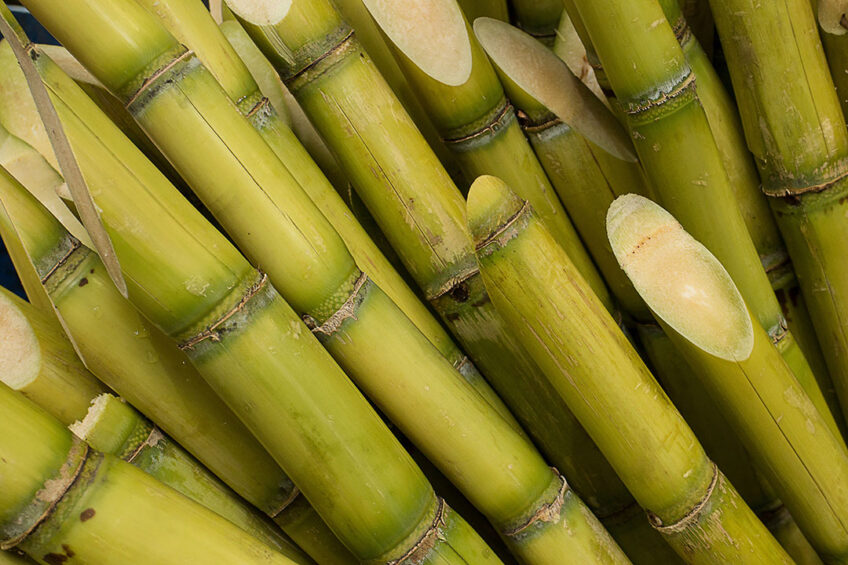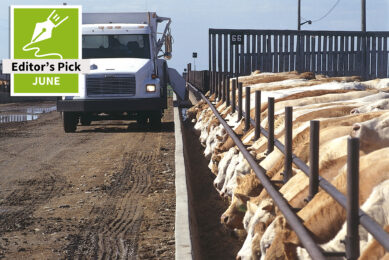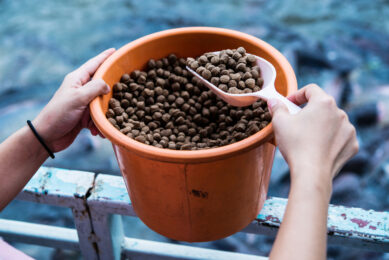Iranian feed industry relies on agri-waste to mitigate the feed crisis

Iranian farmers saw a 20% drop in production costs over the past several years thanks to a wide use of agricultural waste, Ahmadreza Seyed Alian, general director of the animal feed nutrition improvement office, said.
Currently, Iran generates around 26 million tons of agricultural waste suitable to be used in feed production per year, Alian estimated. Feed still makes up to 70% of production costs in the livestock and poultry industries, so this practice is believed to be important in taming food inflation in the country.
Iranian farmers started increasingly relying on agricultural waste in the Persian year 1400 [ended on March 20, 2021], when the government established the National Productivity Working Group. It runs 9 scientific programmes aimed at improving feed production strategies.
Managing agricultural waste
Alian claimed that in managing agricultural waste, there is still room for improvement, as some share of these products used in feed production is not undergoing treatment. He also added that the authorities want only the agricultural waste with the highest nutrition value to be used in the feed industry.
Iran currently generates around:
- 3 million tons of sugarcane stalks
- 2 million tons of date palm stalks
- 600,000 tons of pistachio skins
- 1.5 million tons of citrus residues
- 2 million tons of olive processing residues
Export ban – to stabilise domestic market
Iran is putting efforts into using agricultural waste in the feed industry more effectively, as the country keeps suffering from a shortage of feedstuff.
In 2022, the country imported livestock inputs (a local term primarily used to describe feed crops) of 14.3 million tons, 19% less than the previous year, the Ministry of Agricultural Jihad estimated. In value, export stood at $7 billion, almost the same as in 2021, the Ministry added. Iran is estimated to import 70% to 80% of feed grain to meet domestic needs.
From May 9, 2023, the Ministry banned the export of animal feed from the country. Seyed Jamal Modaresi Dareh, the head of the export development office at the Ministry, stated that all export licenses were withdrawn from that date. This is the forced step called to stabilise the domestic market, which has been suffering from price swings since late 2022.
Ban could damage Iran’s feed market
On the other hand, this decision could heavily weigh on Iranian feed companies, which previously emphasised that they needed to keep export running to maintain operations, as foreign customers offered higher prices compared to those on the Iranian market.











